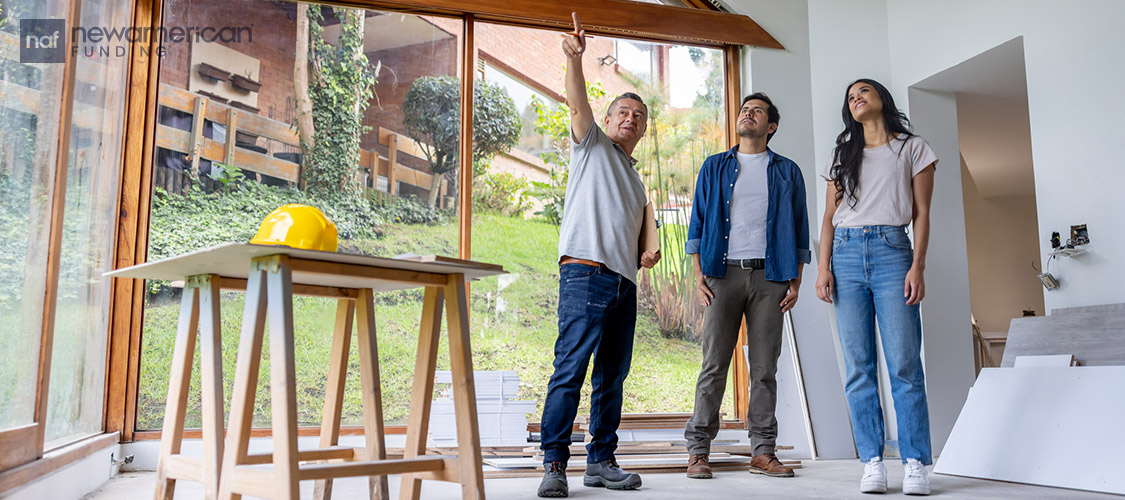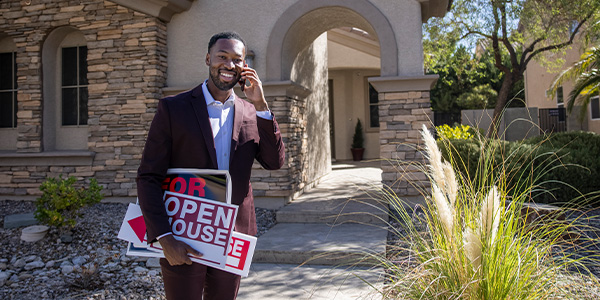Homebuyers
Looking for a Low Rate? Why Homebuyers May Want to Consider a Mortgage Rate Buydown
August 1, 2024
First-time homebuyers facing elevated home prices and frustratingly high mortgage rates may feel like their dreams of owning a home are slipping away.
Higher mortgage rates equal higher monthly payments. And with rates hovering near 7% for 30-year, fixed-rate loans, many aspiring buyers are searching for savings.
That's leading many to discover mortgage rate buydowns.
Just like the name implies, a mortgage rate buydown involves "buying down" a mortgage rate. It can be temporary, lowering a borrower's rate for one to three years. Buydowns, also known as interest rate buydowns, can also be permanent through the life of the loan.
Often sellers are the ones kicking in the cash to buy down rates. This is one way they can maintain a higher home price while making the purchase more affordable for buyers. They can also use it as a negotiating tactic with buyers.
Rate buydowns can also be done by the borrower, lender, the borrower's employer, or others. Some of the larger homebuilders have also been buying down rates on their homes.
But under the Consumer Financial Protection Bureau guidelines, buyers have to qualify for the monthly payments calculated with the highest interest rate that will occur during the term of the mortgage.
"The rate buy down for the full 30-year term is the sweet spot," said Jody Kahn, the senior vice president of research at John Burns Real Estate Consulting.
A temporary rate buydown doesn't solve the payment qualification problem for many first-time buyers, she added.
How do temporary mortgage rate buydowns work?
There are several types of temporary mortgage rate buydowns.
One common type of buydown is the "3-2-1." This lowers rates for the first three years of a loan.
If someone took out a loan today at a 7% interest rate, they would have a rate of 4% in their first year of their mortgage, 5% in their second year, and 6% in their third year. Then the rate would go up to 7% for the rest of their loan unless they refinanced.
Other types of temporary rate buydowns include a "2-1" buydown. This is where the rate is two percentage points lower than the contract rate in the first year and one percentage lower in the second year of the loan. The rate goes back to the contract rate in the third year.
This can offer buyers a big discount in the first few years of their loan.
Many assume that mortgage rates will come down over the next few years. They may be planning to refinance their loans once that happens. However, there are no guarantees.
At the end of a temporary buydown, buyers must be financially prepared to make monthly payments based on the higher interest rate, said real estate broker Matt Curtis of Matt Curtis Real Estate in Huntsville, Alabama.
"If you can't pay for the worst-case scenario—the rate going back up—then a temporary buydown will not be for you," he said.
Some builders are permanently buying down mortgage rates

Buyers hoping to score a lower rate may want to look at new construction. Builders have been offering incentives to offset high home prices and rates and keep selling homes.
About 60% of production builders are using rate buydowns to secure sales, including 30% who are offering full-term 30-year buydowns, according to a recent survey of more than 100 production builders by John Burns Real Estate Consulting.
"They're in the business to sell homes," said Kahn. "They have an interest in continuing to build and sell homes. And so, for them, it's a business decision."
The savings can be substantial. If someone purchased a $340,000 home with a 10% down payment and a 7% mortgage rate, their monthly payment would be just over $2,000. (This does not include property taxes, insurance, or homeowner association fees.)
However, if the builder permanently bought the rate down to 5.5%, buyers would pay a little more than $1,700 a month. That's a savings of roughly $300 a month.
"The permanent buydown really does make a big difference," she added.
Buyers can purchase points to permanently lower their mortgage rate
Buyers can also permanently "buy down" their rates by purchasing points when they get a mortgage or refinance their loan. This typically involves paying an upfront fee to their lender when they close on their homes.
Usually, mortgage points will decrease an interest rate in increments of 0.25%. They typically cost about 1% of the total amount of a borrower's mortgage, although that can vary.
That means if someone is getting a $300,000 mortgage, each point will cost about $3,000.
While permanent rate buydowns may look attractive to potential homebuyers, there are a few things they may want to consider.
Homebuyers should determine how long they would need to live in the house to recover the upfront costs of buying a permanent rate buydown. If they plan to move in a few years, it may not make financial sense.
They may also not want to buy points if they expect to refinance their loans in a few years if rates fall.
"If you believe that rates are going to go down, it may not be worth the investment to do (permanent buydown)," said Curtis.






 Smart Moves Start Here.
Smart Moves Start Here.